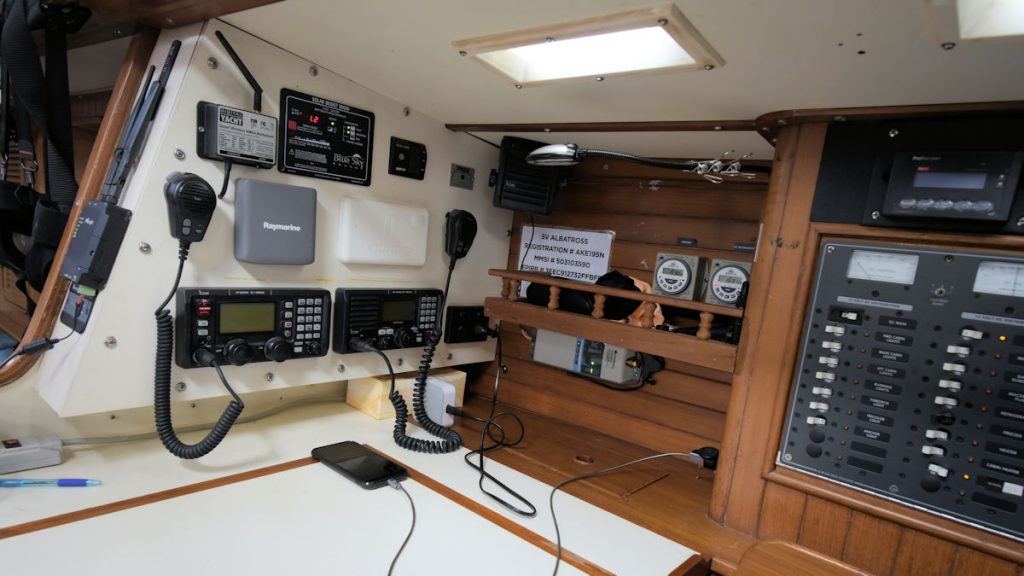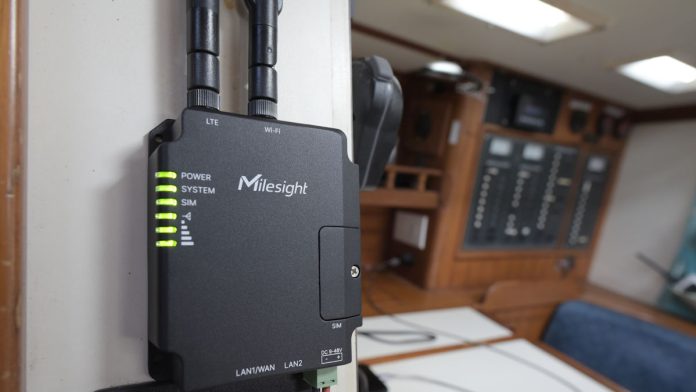Milesight UR32 Cellular Review Impresses.
Milesight UR32 Router – Milestone UR32, supplied to us by distributor LSC, is an industrial cellular router with embedded intelligent software features designed for M2M/IoT applications that impressed reviewers with flexibility and ease of use.
In this extended review, we took the Milesight UR32 cellular router on tour as official administrative network in 5 cities, where the little router supported the front end of the event with 100 per cent up across 5 cities.
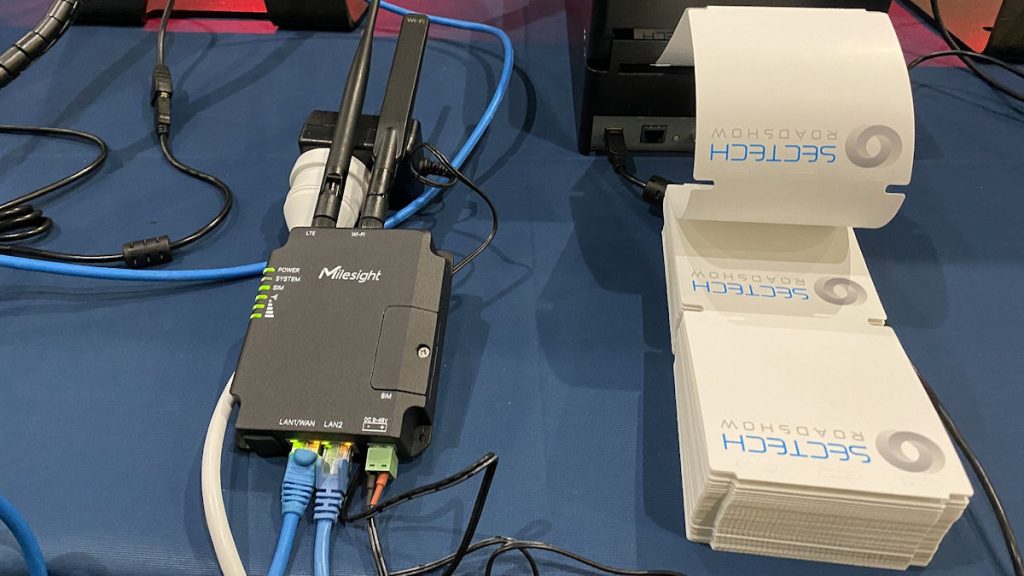
Milesight UR32 Router Specifications
Let’s look at the specs, first. Milesight’s U32 cellular router is compact, simple to program via app and browser, robust enough to handle impacts, is sealed against dust and possible a little water. The housing is compact and lightweight, weighing just 271g and with dimensions of 108mm long x 90mm wide x 26mm deep, and with an operating temperature range from -30 to 70C.
The unit is IP30 protected from tools and wires greater than 2.5mm and protected from condensation but not from liquids. That said, there’s sealing on openings, and we tend to think the U32 is more capable in this regard than it’s rated.
The unit incorporates a pair of Fast Ethernet ports, serial port (RS232/RS485) and I/O(input/output), which enables you to scale up M2M application combining data and video in limited time and budget.
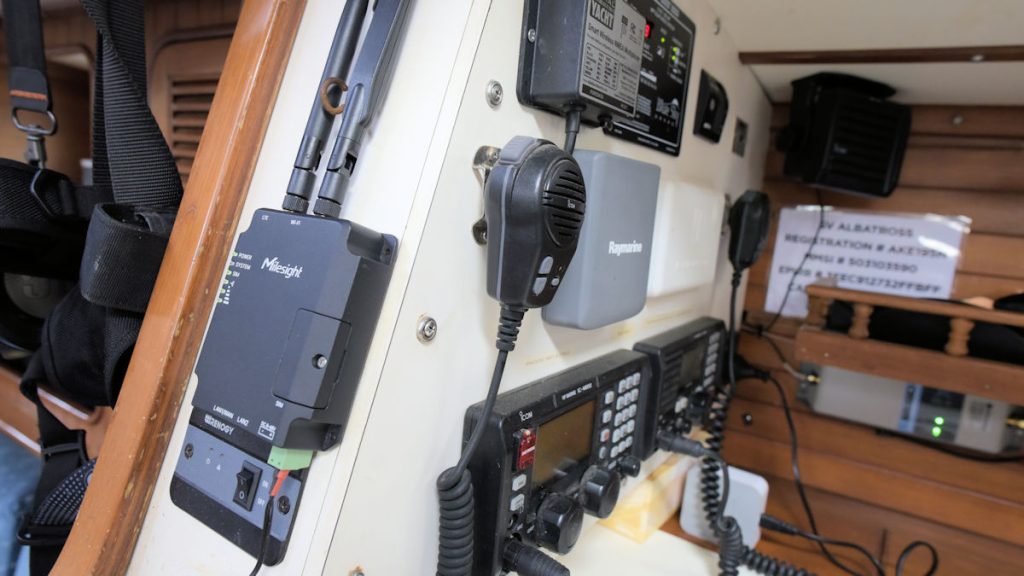
The manufacturer says UR32 is particularly ideal for smart grid, digital media installations, industrial automation, telemetry equipment, medical device, digital factory, finance, payment device, environment protection, water conservancy and so on.
But it’s also brilliant as a portable network for almost any application, or as a backup wireless link for cabled networks, including security networks, giving automatic failover to 4G.
The U32 has a 528MHz, 32-bit ARM Cortex-A7 CPU, 128MB of Flash memory, 128 MB DDR3 RAM and microSD storage. On the cellular side there’s a pair of SMA connectors for Wi-Fi and 4G LTE, 2 SIM slots – the unit supports an optional 10 Wi-Fi interface.
Wireless standards supported include IEEE 802.11 b/g/n and transmission power with 802.11b is 11Mbps with 16dBm +/-1.5 dBm, with 802.11g is 54Mbps with 14 dBm +/-1.5 dBm and with 802.11n is 65Mbps with 13 dBm +/-1.5 dBm.
Modes Support offers AP and client mode and multiple SSID, security includes WPA/WPA2 authentication, WEP/TKIP/AES encryption, there’s optional GPS, and support for NMEA 0183 and PMTK.
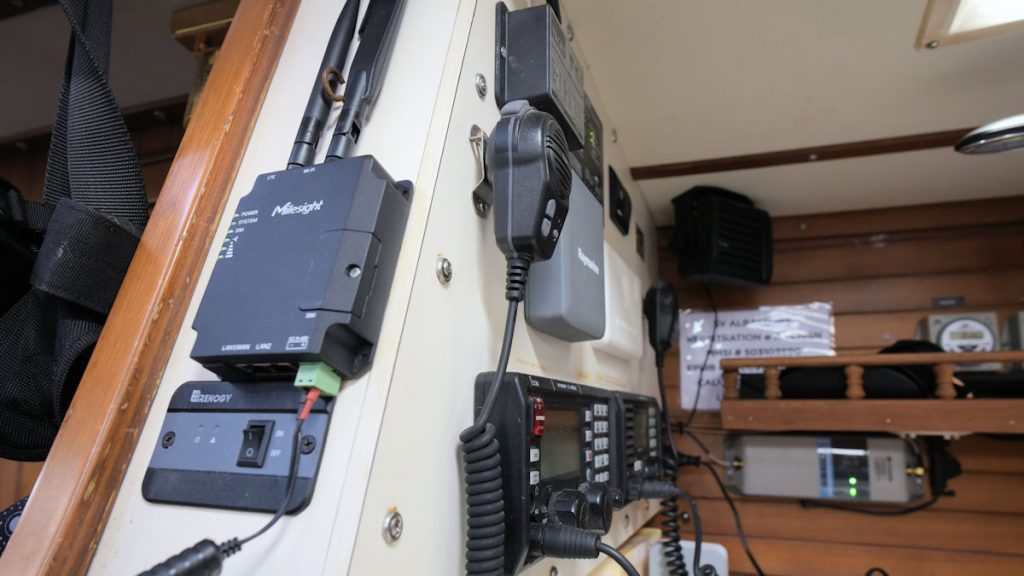
Ethernet is supported by 2 x 10/100 RJ-45 (PoE PSE Optional) with autosensing data rate and isolation of 1.5 kV RMS, there auto MDI/MDIX interface, there’s mode full or half duplex with auto-sensing, while serial interface is RS232 or RS485 optional with a baud rate peaking at 230400 bits per second. There’s also an I/O connector terminal block with digital capabilities.
Network protocols are IPv4/IPv6, PPP, PPPoE, SNMP v1/v2c/v3, TCP, UDP, DHCP, RIPv1/v2, OSPF, DDNS, VRRP, HTTP, HTTPS, DNS, ARP, QoS, SNTP, Telnet, VLAN, SSH, etc. The VPN tunnel options are DMVPN/IPsec/OpenVPN/PPTP/L2TP/GRE and access authentication options are CHAP/PAP/MS-CHAP/MS-CHAPV2.
The unit’s firewall supports covers ACL/DMZ/Port Mapping/MAC Binding/SPI/DoS&DDoS Protection/IP Passthrough and there’s Management Web, CLI, SMS, On-demand dial up, DeviceHub, AAA Radius, TACACS+, LDAP, and local authentication.
On the physical side, the unit is rated IP30, weight 271g, has dimensions of 108mm x 90mm x 26mm, can be mounted on a wall or DIN rail or just placed where you need it. Operating temperature is -40 to 70C, which is great for rugged applications in remote buildings.
Milesight U32 Router Test Drive
Adding a Telstra 4G SIM card and doing some basic programming and a password were the only aspects of setup that required any effort – we used direct connection from RJ45 to get this part done. Once powered up, the unit appeared in Wi-Fi search and talked to computers and mobile devices without missing a beat.
Since the SecTech, we’ve used the UR32 across a range of applications, including at the SEN office to compensate for out buggy internet, in a rural application, where it outperformed basic phone hotspot by a country mile, in the Abercrombie National Park, where it was powered directly from a 12V source (it can handle DC supplies from 9-48V) it managed to turn an SOS signal into 2 bars of 4G.
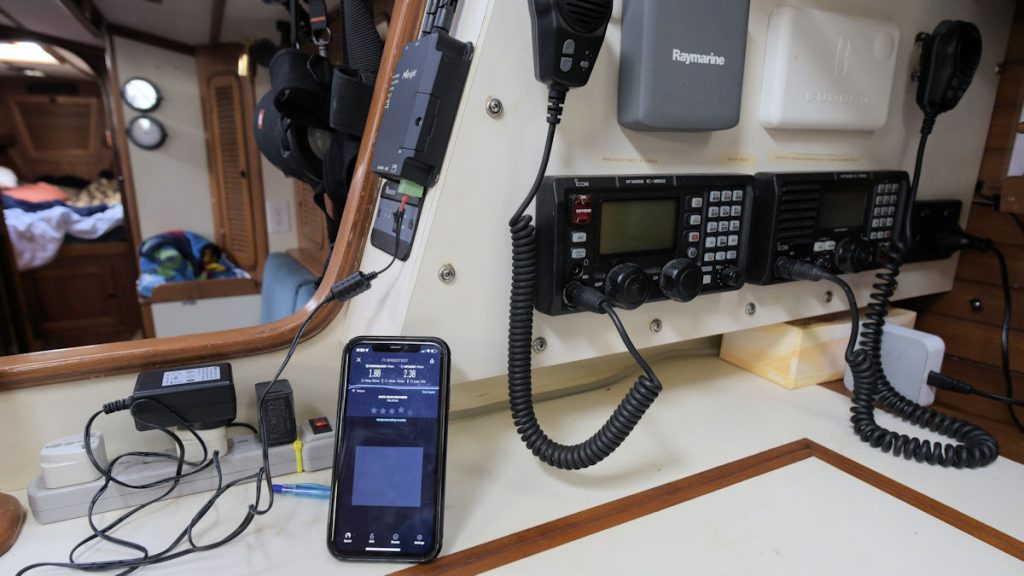
In a rural setting with fitful 1 or 2-bar 4G performance from a stand alone mobile device used as a hotspot, the U32, created a dependable and usable network with mid-teens for download and around 10 for upload, which is good going, considering.
We also spent some time playing with it on a boat, where it paired up with a Cel-Fi amplifier to deliver enhanced internet delivery and local Wi-Fi in the sandstone valleys of the Hawkesbury River. Again, the U32 showed itself capable of increasing performance – in fact it took a mobile signal from an iPhone 11 assisted by a mast-mounted Cel-Fi booster delivering 1.88Mbps upload and 2.38Mbps download and turned it into a Wi-Fi network offering 13Mbps download and 9.87Mbps upload.
Of all these applications we decided the SecTech tour was the most telling – in this application we had variable network performance in challenging environments, we used both RJ45 ports to drive a pair of workstations, and we used the Wi-Fi component for SecTech work use, with another couple of users sharing the password.
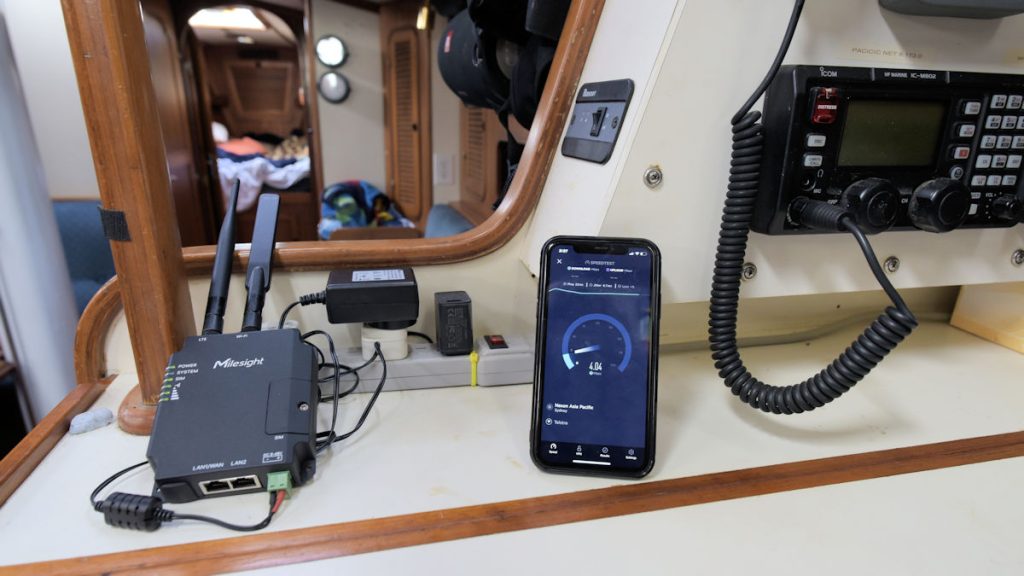
Across the 5 cities the U32 performed the duties of a micro-network but our application still doesn’t tell the whole story of the U32’s capabilities – it’s a very flexible little solution. Setup is simple, there’s a Web GUI and CLI – the former of which is highly intuitive.
There’s embedded Python SDK for second development, it’s easy to enable unit with security frameworks like IPsec/OpenVPN/GRE/L2TP/PPTP/ DMVPN- Embed hardware watchdog, and automatically failure recovery. Having Ethernet, I/O, a serial port, Wi-Fi, and GPS gives the ability to connect a wide range of field assets in remote applications.

You can also establish a secured mechanism on centralized authentication and authorization of device access by supporting AAA (TACACS+, Radius, LDAP, local authentication) and multiple levels of user authority.
We also liked the flexibility of powering the devices. Being 8-48V DC, you can pretty much hook it up to anything – the lighter plug in a vehicle, an Anderson plug for connection to a portable battery – anything available that gets the job done.
Milesight U32 Router Conclusion
The unit is low power draw, compact, light, and has a pair of RJ-45 ports that we took advantage of at SecTech to deliver improved performance. We found in multiple remote applications that it bolstered signal performance and reliability significantly compared with phone comms – even when the phone was assisted by an amplifier.

Something else that might be relevant in many security applications was that it’s ability to enhance performance was more noticeable with upload – particularly useful if there’s some cloud video surveillance or video alarm verification going on.
Also worth mentioning is how often we use the U32 – it’s so small, and has proved so reliable at improving connectivity across so many applications that it just keeps getting packed.
You can find out more about Milesight from LSC here or read more SEN news here.
Milesight UR32 Cellular Router Features
- Built-in industrial-strength NXP CPU with big memory
- Dual SIM cards for backup between multiple carriers networking and global 2G/3G/LTE
- Equipped with Ethernet, I/O, serial port, Wi-Fi, GPS for connecting field assets
- Embedded Python SDK for secondary development
- Rugged enclosure, optimized for DIN rail or shelf mounting
- 3-year warranty included.
“Milesight UR32 Cellular Router Review.”
